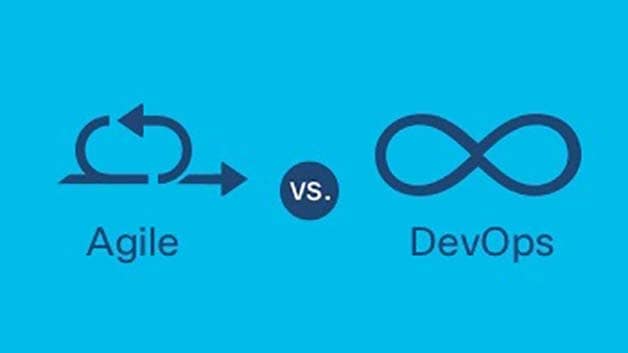Key elements of DevOps practices
Continuous delivery / continuous integration (CI/CD)
CI/CD supports the objective of reducing the time required to update or deliver software while improving quality.
- Continuous integration improves efficiency by allowing team members to work on modules independently before integrating components in a common build area.
- Continuous deployment ensures quality by testing builds in a production environment.
See our continuous delivery solutions
Automating processes
Automation can reduce human error and improve the responsiveness of the development environment. Automation tools:
- Standardize processes for easy replication
- Reduce costs on maintenance, upgrades, or capital expenditure
- Shorten lifecycle of software development by reducing implementation time
- Improve reliability and reusability of components
Establishing DevOps culture
Combining your development and IT operations teams into a powerful DevOps team requires a cultural shift. Start by:
- Facilitating increased communication between teams
- Introducing smaller projects to offer opportunities for collaboration
- Identifying key players to become DevOps engineers
- Identifying tools that serve as a shared source of objective data
Measuring DevOps
Key performance indicators can help measure the success of your DevOps efforts. The following metrics provide valuable insight:
- Deployment frequency
- Change failure rate
- Mean Time to Recovery (MTTR)
- Lead time
- Change volume
- Defect escape rate
- Customer tickets
